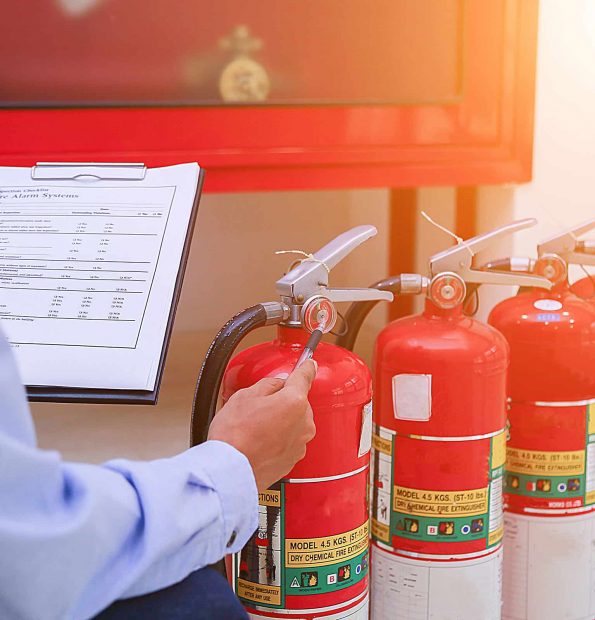The issue of fire safety in Sydney isn’t merely something you can check off compliance boxes. The heart of the process is the Annual Fire Safety Statement (AFSS) which is a document that is not just a way to meet the legal requirements, but also shows the owner’s commitment to safety and accountability. In conjunction with the Fire Safety Certificate, the AFS is the base of a structured system that ensures the safety of the building’s occupants, reassures insurers, and provides confidence to councils in the city’s buildings.
What is the reason for an annual Fire Safety Statement
The Annual fire safety statement Sydney requirement was never designed to be paperwork for the sake of paperwork. The requirement was developed because regardless of how well the fire protection system made, it will only work if it is regularly tested, maintained and certified. It may seem that a sprinkler system installed in the past 10 years is functioning perfectly, but it will not work in an emergency if the system hasn’t been inspected.

The AFSS demands that owners prove each year that all of the fire safety equipment such as alarms, exit lighting and hydrants, are up to standards initially set forth in the Building Code of Australia. This is more than an inspection. It’s a public statement that lives are protected and that the structure is able to withstand a critical event.
The distinction between AFSS Certificates and Fire Safety Certificates
Many owners confuse the annual report with the Fire Safety Certificate, but their functions differ. The certificate is given once a major upgrade or a new system is put in place. It ensures that the newly installed measures are in compliance with the regulations before an apartment or building can be leased. The AFSS On the other on the other hand, is later. The AFSS will have a obligation to prove that same systems are still meeting the standards each year following installation.
They are able to create a protection loop when they’re joined: the certificates verify that safety systems were correctly installed and the annual reports verify that the systems are maintained throughout the life of a structure. Missing either step weakens the entire system of protection.
The responsibility of building owners
One of the unique features of the AFSS process in New South Wales is that it imposes ultimate responsibility on the property owner. The AFSS does not have an order of deficiency as opposed to other forms where they are classified as either serious or minor. If any one of the measures fails, the entire statement cannot be issued with any validity.
Owners are required to be proactive. Owners must comply with strict deadlines while scheduling inspections, enlisting accredited experts organizing repairs, and sending documents to council. The strata councils and landlords of commercial properties are also responsible for coordinating with contractors, tenants, insurers. Although challenging, this structure is designed to ensure security is not diminished or delayed.
The Effects of AFSS Beyond Sydney
The AFSS extends beyond the legal requirements. The most recent fire safety declaration is usually sought by tenants when they decide on whether or not to lease a area. Insurance companies also require the document prior to finalizing the coverage. An up-to-date Annual Fire Safety Statement may influence the value of the property as well as tenant trusts and even rates for insurance.
It gives councils a reassurance of the regular monitoring of thousands buildings in Sydney. This means that fire officials can feel more confident about the system’s capability to operate during emergency situations. This decreases risk for firefighters as well as the occupants. The AFSS does not just focus on safeguarding structures. It’s also about making the town more secure overall.
Conclusion: AFSS As a Standard of Trust
The Annual fire safety statement Sydney requirement may appear to be a hurdle for bureaucratic reasons but, in actuality, it is a standard of trust. It demonstrates that the fire safety measures are not put at risk. It also confirms that the apparatus is trustworthy and that building owners bear on their own responsibility for their tenants their well-being. It is a part of a system that tests the system’s installation and the performance of important security measures.
Property owners can learn the value of this lesson: AFSS are more than a simple deadline. It’s an investment in security accountableness, trust and community. This makes the AFSS an essential part of Sydney’s urban landscape that is rapidly expanding, where many rely on a safe and legal building.